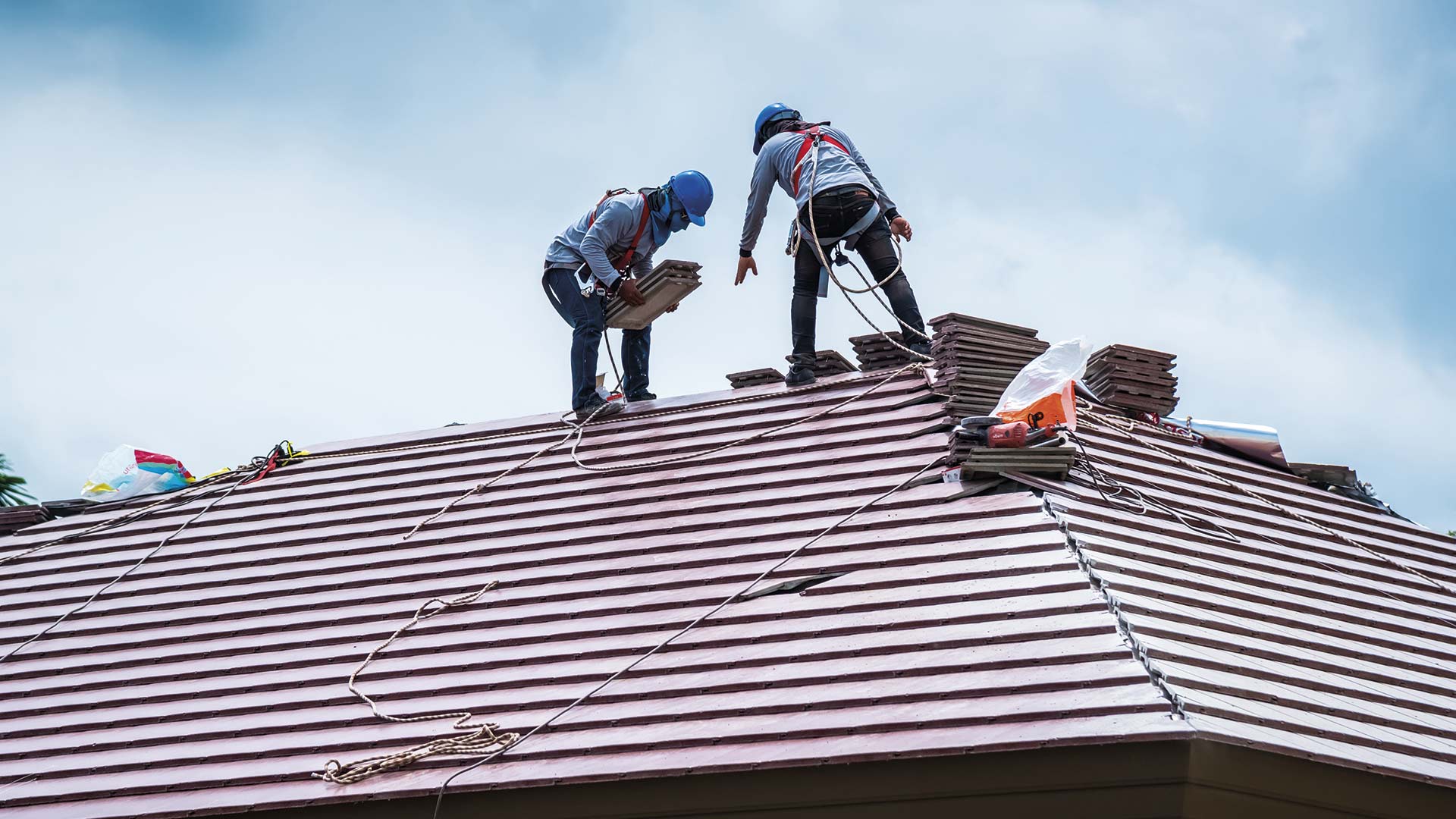Roof Repair in Columbus OH involves fixing any issues or damages to a building’s roof to prevent leaks, water damage, and structural problems. Here’s a detailed overview of the roofing repair process:
- Initial Assessment and Inspection:
- The roofing repair process begins with a thorough assessment and inspection of the roof. This involves examining the roof’s condition, identifying areas of damage, and determining the extent of repairs needed.
- Identifying Problem Areas:
- Roofing contractors identify specific problem areas that require repair. This may include damaged or missing shingles, deteriorated flashing, leaks, rot, or sagging sections of the roof.
- Leak Detection and Investigation:
- If there are signs of water damage or leaks inside the building, contractors trace the source of the leak by inspecting the roof, attic, or crawl space. This helps pinpoint the exact location that needs repair.
- Repairing Damaged Shingles:
- Damaged or missing shingles are replaced to restore the integrity of the roof. This involves carefully removing the damaged shingles, inspecting the underlying layers, and installing new shingles to match the existing roof.
- Flashing Repair or Replacement:
- Flashing is installed around roof penetrations such as chimneys, vents, and skylights to prevent water intrusion. Damaged or deteriorated flashing is repaired or replaced to ensure a watertight seal.
- Sealing Roofing Materials:
- Roofing contractors may apply sealants or caulking to seal gaps, cracks, or seams in the roofing material. This helps prevent water penetration and reinforces the waterproofing of the roof.
- Gutter Cleaning and Repair:
- Gutters play a crucial role in directing water away from the roof and foundation. Roofing repair may involve cleaning gutters to ensure proper drainage and repairing any damaged or clogged gutters.
- Structural Repairs:
- In cases where the roof structure is compromised due to water damage, rot, or structural issues, roofing contractors perform necessary repairs to restore structural integrity. This may involve replacing damaged roof decking, rafters, or trusses.
- Ventilation Inspection and Repair:
- Proper ventilation is essential for maintaining the health of the roof and preventing issues such as mold or mildew growth. Roofing contractors inspect and repair ventilation systems to ensure optimal airflow.
- Emergency Repairs:
- Roofing contractors may perform emergency repairs to address immediate issues such as leaks or storm damage. This could involve temporarily patching leaks, securing loose shingles, or tarping exposed areas to prevent further damage.
- Preventive Maintenance:
- Roofing contractors may recommend preventive maintenance measures to extend the life of the roof and prevent future issues. This could include regular inspections, cleaning, and maintenance of the roof and gutters.
- Documentation and Warranty:
- After completing repairs, roofing contractors provide documentation of the work performed and any warranties or guarantees offered on materials and workmanship.
By addressing roofing issues promptly and performing necessary repairs, property owners can protect their investment, prolong the lifespan of the roof, and maintain a safe and functional building envelope. Hiring a qualified roofing contractor for inspections and repairs is crucial to ensure the work is done correctly and meets industry standards.
